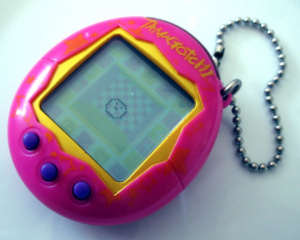“Emotion and Design: Attractive Things Work Better” by Donald A. Norman
I really enjoyed reading Norman’s work, because it perfectly encapsulates many discussions we have been having in class about design and usability. My overall takeaway from the piece was that good design exists at the intersection of aesthetics and functionality, though there is a place in the world for highly functional but ugly or highly aesthetic/creative but unusable items.
Norman’s piece, however, brought an interesting dimension to the conversation that I hadn’t heard of before: the link between design (or more accurately, perceived attractiveness) and emotion. I really agree with his sentiment that in neutral situations, “Attractive things work better”. In my opinion, in everyday objects, the more aesthetically pleasing an object is, it is not only more likely to be purchased but also more likely to be held on to for longer (i.e. it’ll be a long while before it ends up at some random Goodwill). It’ll also be more likely to be treated with care – amongst myself and my peers, I’ve noticed the more aesthetically pleasing an object looks, the more likely we are to be able to take care of it. For neutral objects, in most situations, the efficiency cannot outweigh the ugly – and the moment the user feels no need for the tool, it is more likely to be gone or treated carelessly.
“Her Code Got Humans on the Moon—And Invented Software Itself” by Robert McMillan
I thought this article was quite informative (I didn’t know the inventor of modern software was a woman!) and I didn’t have much thoughts on it, but one point that was really interesting to me was the lack of emphasis on error-checking mechanisms at the time. The idea that higher-ups at NASA believed it was unnecessary the astronauts were “perfect” is so unbelievable to me, not only because the stakes were so high, but also because the fallibility of users is one of the main considerations in software engineering today! I think this reflects a shift in the mindset that has occurred between then and now. Their inability to believe that the astronauts could make a mistake reflects that they believed that user was smarter than the tool, whereas in modern computing we always believe the tool has to be smarter than the user.





